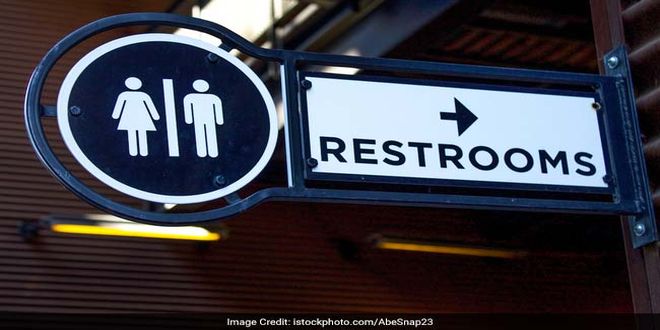New Delhi: Delhi’s Deputy Chief Minister Manish Sisodia presented Delhi’s Outcome Budget 2018-19 Report up to December 31, 2018 in the Assembly on Monday, one day ahead of announcing Delhi’s budget 2019-20. An Outcome Budget Report is a progress card that assesses the outcome on public spending of the outlays finalised in the budget of the ongoing financial year (FY), made by various ministries and departments the government including state government-run programmes, schemes, and projects. An outcome budget also acts as a guiding document for preparing the budget of the upcoming FY. In its outcome budget report, the Delhi government claimed in its outcome budget that the number of public toilet complexes has increased in the national capital and also claimed that coordinated actions of various state departments have increased in order to combat pollution.
The Deputy CM said that Urban Development Department built 23 public toilet complexes and 1,041 toilet seats in 2018 which benefited 2.93 lakh people and with this, the use of public toilets increased by 431 per cent. He also said,
Against a target of establishing 241 toilets by 2018-19, 229 such complexes were opened in the last four years. This grew from 77 in 2016-17 to 206 in 2017-18 and 229 till December 2018.
In the last four and half years, the Delhi government has constructed 19373 public and community toilets and 458 individual household toilets. Delhi, which aims to become open defecation free (ODF) by October 2019, has been able to achieve status in three ULBs (Urban Local Bodies)- New Delhi Municipal Corporation, Delhi Cantonment, and South Delhi Municipal Corporation and the rest two- East Delhi Municipal Corporation and North Delhi Municipal Corporation are still waiting for the QCI (Quality Council of India) verification.
The report also claimed that Delhi has the best air quality monitoring network in India. It said that 26 monitoring stations and 12 hotspots in Delhi have been identified to specifically monitor pollution caused by particulate matter. While the report claims that with constant actions and monitoring at the identified spots there will be a reduction in the level of pollution, the Delhi government has been facing criticism for its failure to combat air pollution by experts. Sunil Dahiya, an expert on air pollution said,
Air pollution is the biggest problem facing Delhi which is one of the most polluted cities in the world. Pollution has been claiming the lives of thousands of people every year. Even though the efforts of Delhi government have increased in the past year, and are in the right direction, it still needs to go a long way to curb pollution. It needs to take stringent actions. It was not able to implement the emergency plan to abate pollution in the city effectively as there was a continuous lack of strict monitoring. If the government wants combat pollution seriously, it needs to become stricter with pollution causing industries and must take stringent actions against people burning garbage and vehicles emitting smoke.
The Deputy CM said that Delhi’s green cover has also increased by 0.37 per cent that is from 20.2 per cent in 2015 to 20.6 per cent in 2017. However, it is still 12.4 per cent short of achieving the targeted green cover of 33 per cent of the total area of the capital city as recommended by the Ministry of Environment, Forest, And Climate Change. Mr. Sisodia said,
The government has been undertaking a number of activities to reduce pollution including mass tree plantation. In September five lakh saplings were planted in one day. Along with this, 20 new programmes were included in the environment department and seven in the forest department in 2018-19.
Delhi government also initiated the deployment of 1000 electric buses in the city in the current year to combat pollution by starting a pilot testing of three electric buses in the city and also drafted a policy on electric vehicles, said the Delhi government in the report.
NDTV – Dettol Banega Swachh India campaign lends support to the Government of India’s Swachh Bharat Mission (SBM). Helmed by Campaign Ambassador Amitabh Bachchan, the campaign aims to spread awareness about hygiene and sanitation, the importance of building toilets and making India open defecation free (ODF) by October 2019, a target set by Prime Minister Narendra Modi, when he launched Swachh Bharat Abhiyan in 2014. Over the years, the campaign has widened its scope to cover issues like air pollution, waste management, plastic ban, manual scavenging and menstrual hygiene. The campaign has also focused extensively on marine pollution, clean Ganga Project and rejuvenation of Yamuna, two of India’s major river bodies.






























